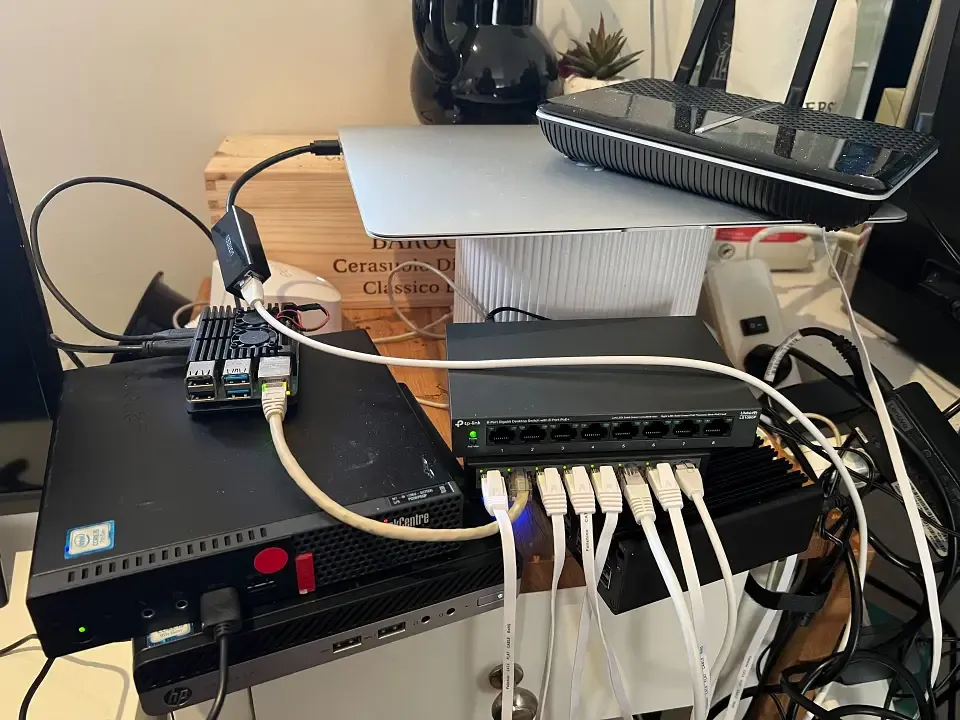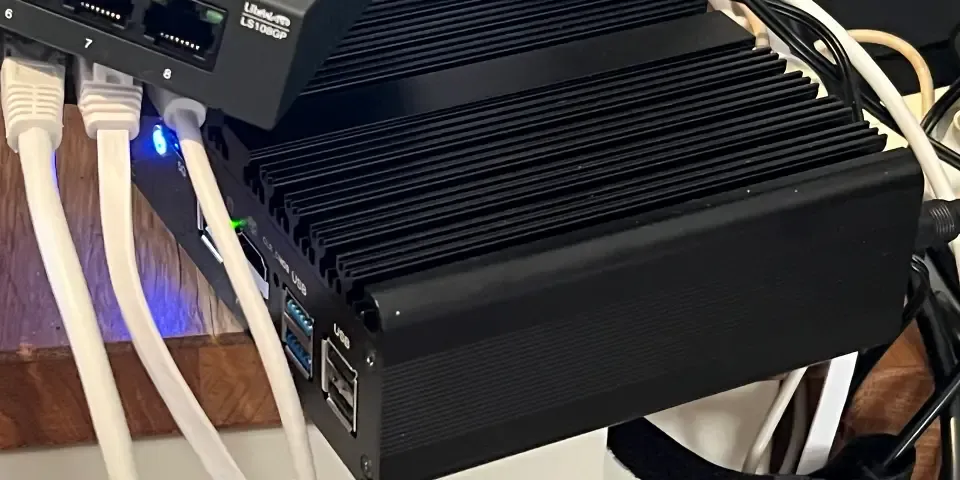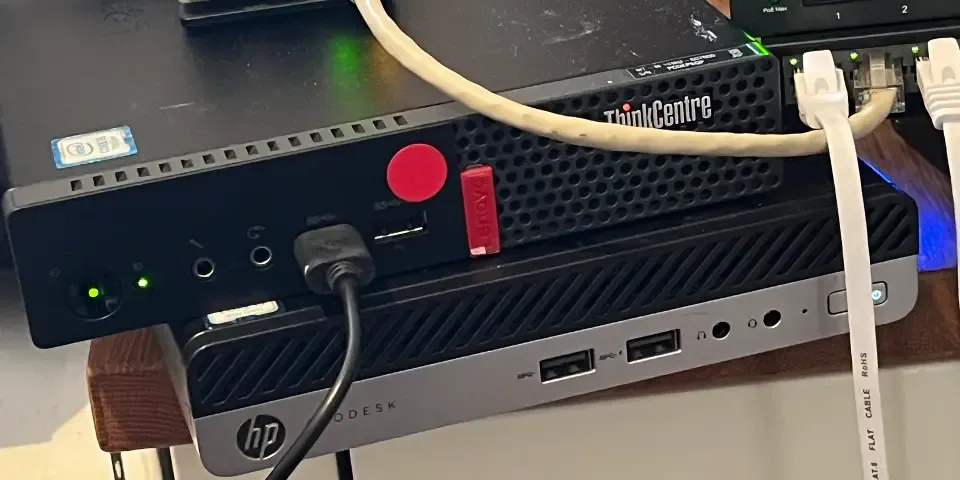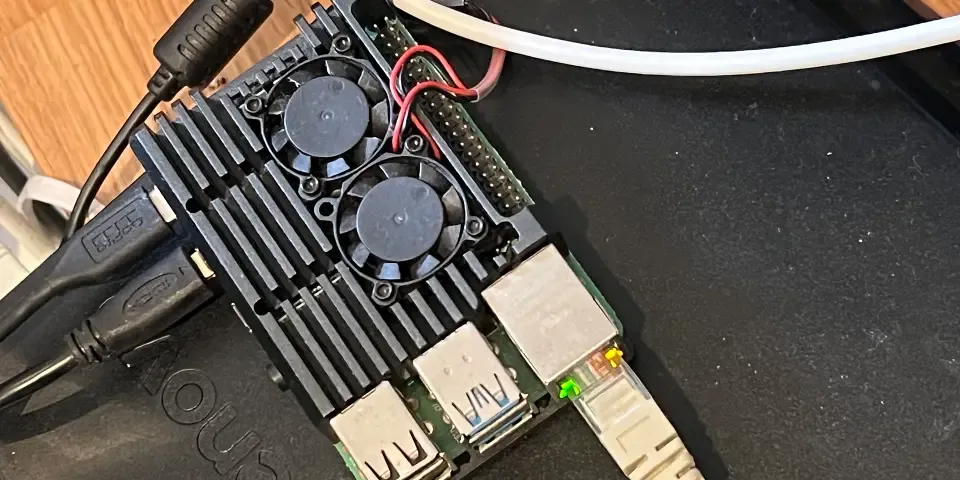Building My Homelab: The Start of a Self-Hosted Journey
I’ve officially started setting up my homelab, and while it’s still early iteration, it already feels like a solid foundation is forming. With the help and donation of some old hardware from friends and family, I’m piecing together a setup that’s both functional and educational. This is part 1 of my homelab journey, where I’ll share what I have so far, and what’s next on the horizon.

Why a Homelab?
For one, I’ve always wanted to better understand the nuts and bolts behind cloud computing, networking, orchestration, and hosting. Having a homelab lets me experiment, break things (and fix them), and run services I actually use—from ad-blocking to media servers — services that I control. No monthly fees. No black boxes.
It’s also just fun so much fun learning something, although it could get a bit frustrating and stressful at times. That’s the thing, learning is the primary goal for this project. As I have done so many times in the past in life and in my career, it’s just another thing I want to learn and/or something I can pivot to in the future. Kind of like when I transitioned from being a software development to automation testing.
Current Homelab Setup
Here’s what I’ve got so far:
-
Topton Intel N150 (16GB RAM / 256GB NVMe)
This little unit is running OPNsense. It’s been surprisingly powerful for its size, the CPU/RAM does not even get used for more than 20%. I’ve been running it for months, and it’s been reliable since the day I got it. It gets a bit warm in it’s regular operation, I might have to get a usb fan to put on top of the unit since it the case acts as a big heatsink anyways.
-
MacBook Air (13”, Early 2014 - 4GB RAM / 128GB SSD) — Proxmox/k3s [DEV]
This one’s my brother’s old laptop he used for school. Right now, it’s mostly idle, but I’ve been using it for testing and development. -
HP ProDesk 400 G5 SFF (4GB RAM) — Proxmox Cluster, node 1 [PROD]
I got this as a gift from a friend who is a DevOps engineer himself. It’s running Proxmox and is currently the main node for my cluster, hosting most of my services.
-
Lenovo ThinkCentre M910Q Tiny (i5-7500T / 16GB RAM / 256GB NVMe) — Proxmox Cluster, node 1 [PROD]
I bought this one for around 200AUD, and it’s been a solid performer. It’s running also Proxmox and is the 2nd node for the cluster. It currently hosts the lighter services compared to the HP ProDesk, as this one has an older CPU and less RAM. -
Raspberry Pi 4B (8GB RAM) — Pi-hole [PROD]
This one’s an old pi I had lying around, just begging to be used. Installed Pi-hole on bare metal, and it’s been a game-changer for ad-blocking across my network.
-
TP-Link LS1008G
Super cheap 8-port gigabit switch for general connectivity. -
TP-Link LS108GP
Another chearp 8-port PoE switch, for if ever I get to get more Raspberry Pis I can power with PoE. -
TP-Link VR2100v — Acces Point Mode
The old combo router that our internet provider supploed us. It now acts as an access point; I use it mostly as an acces pint for my personal and work laptops. -
eero 6 — x2 Access Point
Used as the general access point for everything else.
I’m sticking with a flat-ish network for now, but will probably start segmenting with VLANs once things get more complex.
Future plans?
-
I downloaded plans for a DIY 10” rack, I’m currently sourcing materials for it. For now, it’ll stay like this on the corner, like spaghetti. 😂
-
I might replace that Topton with an Ubiquiti someday.
-
I really need to build a NAS. Technically, this should be the first thing that I should do, but I wanted to get the network sorted first.